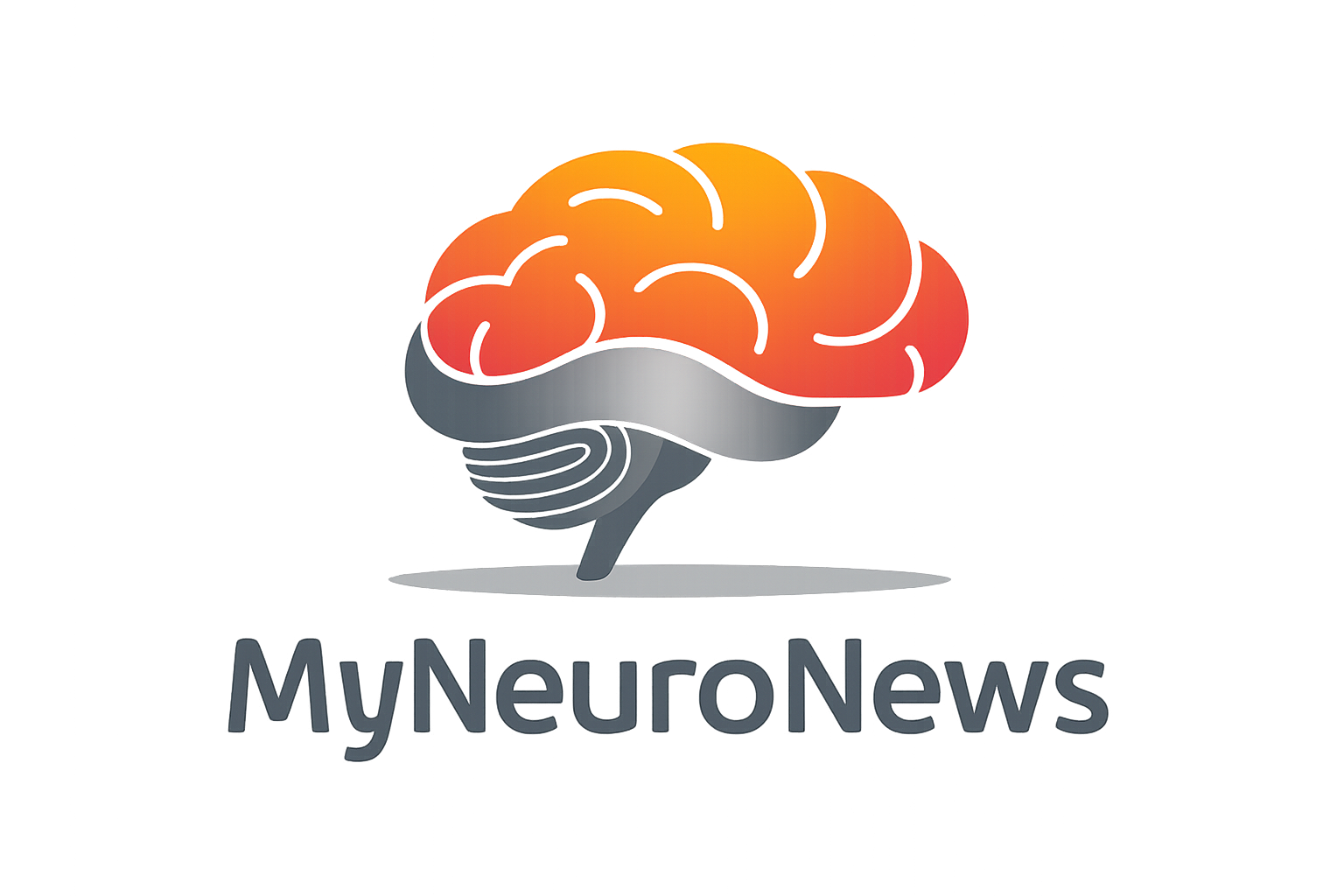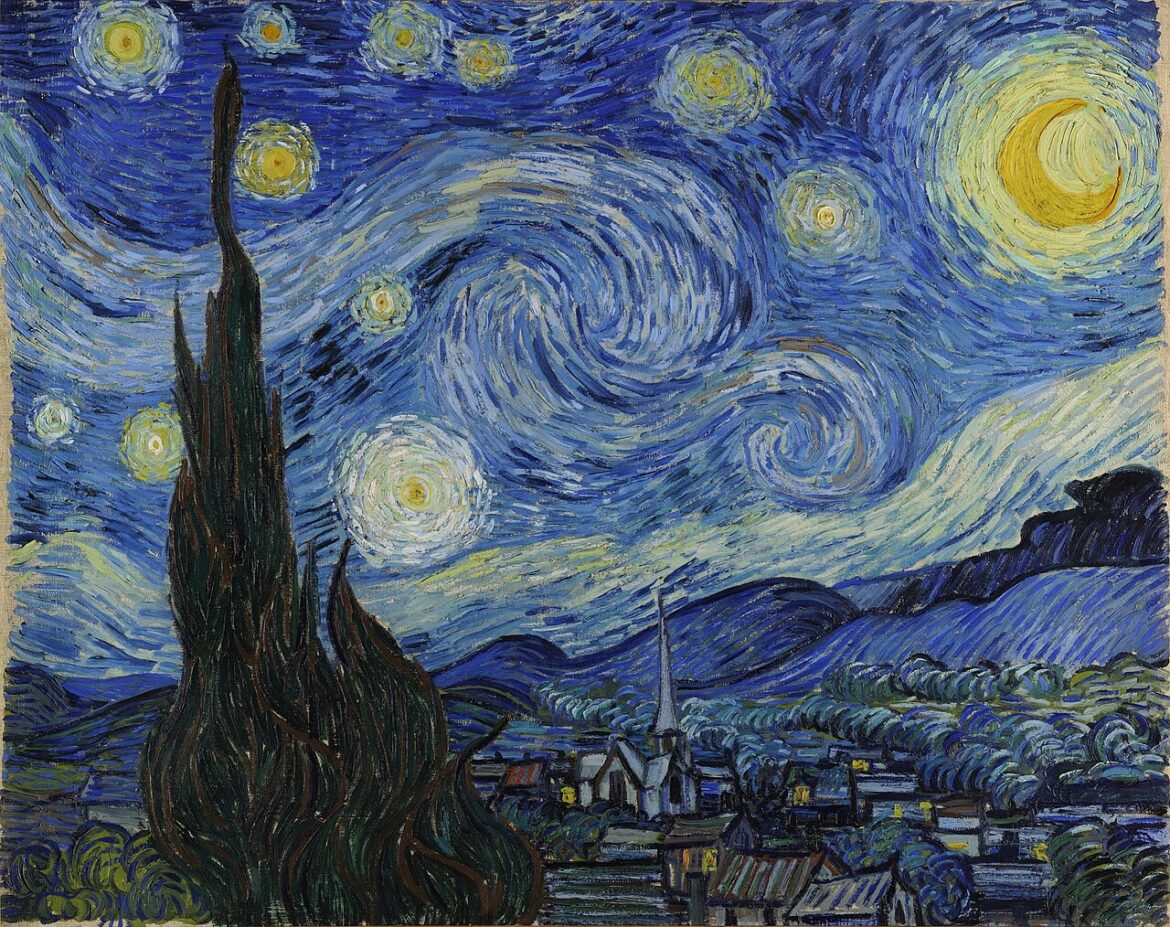The Most Famous Work of Vincent van Gogh: “The Starry Night”
Vincent van Gogh’s The Starry Night, painted in 1889, is one of his most celebrated works and a masterpiece of post-impressionist art. It depicts a swirling, night sky over a quiet village, with large, almost tangible stars and a crescent moon glowing against a deep blue background. The painting was created during Van Gogh’s time at the Saint-Paul-de-Mausole asylum, following a period of intense mental and emotional turmoil.
The Meaning of “The Starry Night”
The Starry Night has been interpreted as a reflection of Van Gogh’s emotional and psychological state at the time. The swirling sky, with its dramatic curves and exaggerated forms, suggests a powerful sense of movement, turmoil, and cosmic energy. This could symbolize Van Gogh’s inner emotional turbulence, as he was struggling with mental illness. The contrast between the serene village and the wild, chaotic sky might be seen as representing the duality of peace and disturbance, both externally and within Van Gogh’s mind.
The towering cypress tree, typically associated with death and mourning in European art, cuts through the scene, linking the heavens and earth, hinting at Van Gogh’s preoccupation with life, death, and the infinite. At the same time, the stars, so prominent and vivid, could be seen as symbols of hope, light, and the divine—possibly reflecting Van Gogh’s deep spiritual yearning despite his emotional distress.
Neurological Perspective on “The Starry Night”
From a neurological perspective, Van Gogh’s The Starry Night invites analysis through the lens of mental health conditions that affected his perception and emotional regulation. Van Gogh is believed to have suffered from a variety of neurological and psychiatric conditions, including bipolar disorder, epilepsy, and possibly temporal lobe epilepsy (TLE), which is known for causing intense sensory disturbances, hallucinations, and emotional instability.
1. Perceptual Distortions and Visual Hallucinations
The swirling patterns in the sky may reflect Van Gogh’s altered visual perception, potentially caused by his mental state or neurological condition. Temporal lobe epilepsy, for instance, is known to produce auras and vivid visual hallucinations. These can distort how one perceives the world, leading to exaggerated forms and colors, much like the exaggerated, almost surreal qualities of the stars and the swirling night sky. The exaggerated luminosity of the stars, far more intense than in reality, might be an expression of this heightened perception.
Another possibility is that Van Gogh’s depiction of the sky reflects phenomena related to migraine auras. People with migraines often experience visual disturbances such as zigzag patterns or shimmering lights, which might explain the unusual and rhythmic movement of the stars and sky in The Starry Night. Van Gogh suffered from bouts of illness and physical pain, which may have included migraines, influencing his depiction of the sky with a visionary, altered reality.
2. Emotional Dysregulation and the Brain
Van Gogh’s emotional dysregulation, likely linked to his mood disorder (most commonly believed to be bipolar disorder), may explain the duality seen in The Starry Night. Bipolar disorder is characterized by periods of extreme highs (mania) and lows (depression). The painting’s violent energy in the sky, juxtaposed against the calm village below, could reflect Van Gogh’s shifting emotional states—between serenity and inner chaos.
The intensity of the swirling patterns and dynamic movement might mirror the experience of a manic or hypomanic episode, during which individuals can feel flooded with energy and creativity, sometimes to the point of overstimulation. This sense of frenetic energy is reflected in Van Gogh’s swirling brushstrokes and vibrant, exaggerated use of color. The painting’s restless sky could symbolize his mental state during these episodes—an intense, unrelenting energy swirling through his mind.
3. Impact of Temporal Lobe Epilepsy (TLE)
If Van Gogh had TLE, as some researchers have speculated, this condition might explain the overwhelming emotional intensity captured in The Starry Night. TLE can cause hyper-religiosity, deep emotional sensitivity, and altered sensory perceptions—features that resonate with Van Gogh’s deeply spiritual and emotionally expressive style.
During seizures or auras, people with TLE can experience profound changes in mood and perception, often feeling as if they are witnessing the world in an unusually intense or mystical way. This might help explain why Van Gogh painted the night sky with such grandeur and spiritual intensity. His letters often mention his fascination with the stars and the infinite, which could have been reinforced by these altered states of consciousness, where the distinction between inner experience and external reality becomes blurred.
4. Symbolism in Neurological Terms
The towering cypress tree, cutting vertically through the painting, connects the grounded, earthly village with the sky above, almost acting like a neurological bridge between Van Gogh’s internal emotional world and the external cosmic force he perceived. This symbol, in neurological terms, might represent the profound interconnectedness Van Gogh felt between his mind and the world around him—a symptom of his emotional hypersensitivity, often seen in neurological conditions like epilepsy or bipolar disorder.
The dominance of the color blue, associated with melancholy and introspection, might also reflect his emotional state during the time. Color has a significant impact on mood and perception, and Van Gogh’s choice of deep blues and bright yellows could represent the neurological interplay between his depressive and euphoric states.
Conclusion: “The Starry Night” from a Neurological and Psychological Lens
The Starry Night remains an enduring masterpiece not only for its visual beauty but also for its profound connection to Van Gogh’s psychological and neurological experience. The swirling sky, intense stars, and juxtaposition of peace and chaos can be seen as reflections of the complex workings of Van Gogh’s brain—whether through perceptual distortions, emotional dysregulation, or neurological symptoms such as seizures or migraines.
In a modern context, we might interpret The Starry Night as Van Gogh’s attempt to convey the intense, often overwhelming interplay between his inner emotional state and his perception of the world, perhaps influenced by his neurological condition. Like Munch’s The Scream, it is both a personal reflection and a universal symbol of the mind’s vulnerability to emotional and neurological forces beyond its control.

